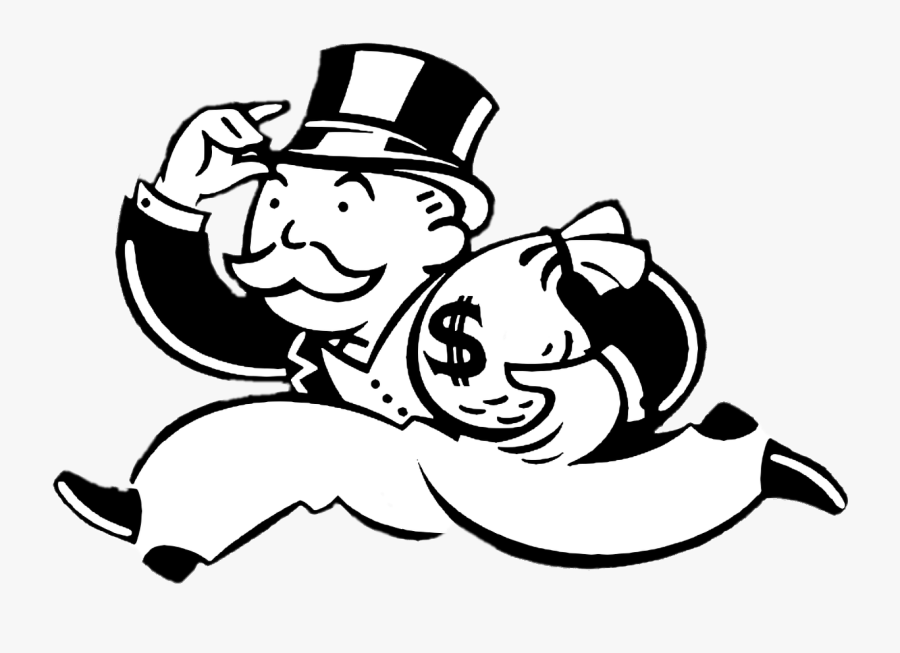Until COVID-19 triggered the current economic crisis, the “great economic meltdown” of 2007-08 was the largest, most widespread and protracted capitalist crisis since the Great Depression of the 1930s. In response to that deep recession, ruling circles of finance capital and their governments around the world used state treasuries to bail out corporate losses to the tune of tens of trillions.
In Canada, the Conservative government of Stephen Harper announced it would spend around $30 billion to stimulate the economy, overwhelmingly in the form of corporate bailouts.
At the time, this paper noted that working people risked being hit twice by the meltdown. First, through massive job losses, lost pensions and increased poverty; and second, through the severe austerity measures that we expected governments to introduce in order to pay for the bailouts. We warned that, without a massive and militant mobilization of the working class and its allies, this second shoe would drop and cause deeper immiseration for working people and their communities.
Sadly, we were correct in our estimation. The austerity shoe did drop, and it led directly to an enormous shift of wealth from the working class to corporations and the very rich. Corporate profits needed only 15 months to recover and pass pre-crisis levels, helped along by the government’s neoliberal austerity policies. Just ten years later, quarterly corporate profit had jumped nearly 100 percent and reached historic highs. On the other hand, average hourly wages for workers increased by only 8 percent when adjusted for inflation.
Fast forward to 2020 and the situation is many times worse. The drop in production and employment is far deeper and much vaster. The increase in public debt is in the area of $400 billion – more than ten times what it was in 2008.
This begs a very serious question – What tools will the government use to pay for the crisis this time? The enormity of the expense, combined with the depth and duration of mass unemployment, suggest that capitalism cannot rely on “simple” austerity measures. The second shoe to drop will have to be a whopper if the government wants to find a corporate-friendly way out of the COVID-related debt mess.
In all likelihood, we will see an aggressive drive toward privatization – a massive sell-off of public lands, infrastructure and services to the biggest corporate profiteers. The reasoning for this will be that governments need a huge cash injection to pay for the costs of the pandemic and economic collapse. We’ll be told that corporations can develop badly-needed public infrastructure much quicker and manage public services much more efficiently than governments can, especially cash-strapped ones.
Already, government and corporate leaders are pumping the Canadian Infrastructure Bank as an ideal vehicle for the next P3 (“post-pandemic privatization”?) bonanza. They’re eyeing everything from health to public parks to utilities to communications infrastructure.
But this would a huge step backward for the working class, representing a massive loss of wealth, democracy and transparency. Privatization is a giant barrier to everything from good jobs and incomes, to climate and environmental justice, to gender and racial equity, to justice and sovereignty for Indigenous peoples.
It doesn’t have to be this way, though. A strong and militant resistance from the working class and its allies can block this kind of corporate recovery and force a different direction. Labour can draw on and learn from examples in its own history – the On-to-Ottawa Trek in 1935, the cross-Canada general strike in 1976, Quebec’s Common Front strikes and the province-wide protest movements against the provincial governments of William Bennett and Mike Harris, and many others.
To stop the next big shoe from falling, workers and the labour movement will have to fill their boots.
[hr gap=”10″]
Support socialist media!
If you found this article useful, please consider donating to People’s Voice.
We are 100% reader-supported, with no corporate or government funding.




